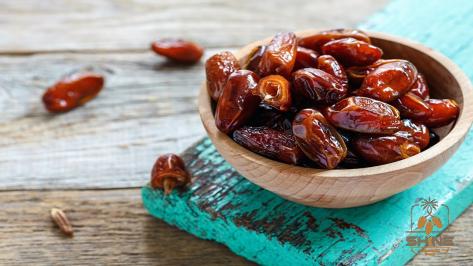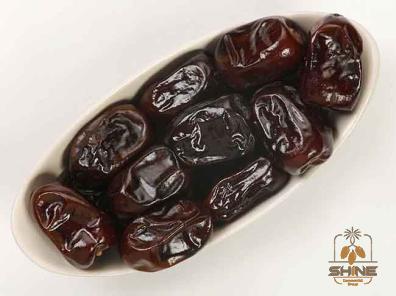For those who are fans of the date fruit but suffer from diabetes, there has always been a question about if the sugar of it is an escalating or a friendly sweetener to them.
Dates are the name given to the succulent fruits that are produced by the date palm tree. They are typically sold in dried fruit form and can be consumed on their own or combined with other ingredients to make smoothies, desserts, and other dishes.
Because of their natural sweetness, the impact that they have on a diabetic patient’s blood sugar levels may be hazardous for them.
This article investigates whether or not eating dates is safe for those who have diabetes.
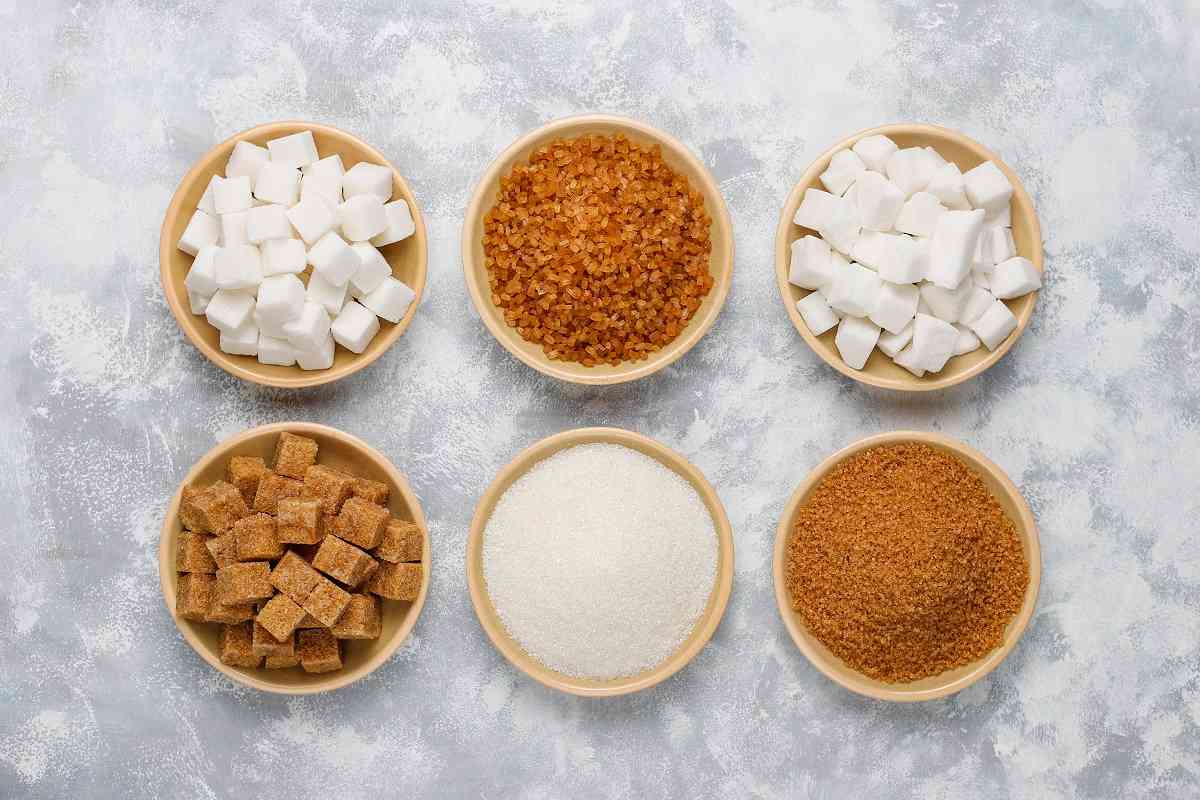
Dates have an incredible amount of sweetness for such a small amount in a dish. Fructose is a type of sugar that may be found in fruits, and they are an excellent supply of this sugar.
Dates that have been dried and pitted have around 67 calories and 18 grams of carbs per 24-gram serving.
Patients who have diabetes are often given the advice to cut back on the number of carbohydrates they consume because their blood sugar levels can be difficult to manage.
Dates could present a challenge due to the significant amount of carbohydrates that they contain.
Dates, on the other hand, are one of the foods that, if eaten in moderation, can be included in a healthy diet for diabetics.
About two grams of fiber may be found in a single dried date, which is equivalent to about 8% of the Daily Value (DV).
Because the body’s absorption of carbs is slowed down by dietary fiber, this is extremely important for diabetics. Your risk of experiencing a spike in blood sugar after a meal decreases in direct proportion to the rate at which carbohydrates are digested.
The glycemic index (GI) is a tool that can be used to evaluate the impact that carbohydrates have on one’s blood sugar levels.
On a scale that ranges from 0 to 100, pure glucose, which is equivalent to the number 100, causes the largest rise in blood sugar after eating any food. (sugar).
Carbohydrates with a GI of less than 55 are considered to be low GI, whereas meals with a GI of more than 70 are considered to be high GI. The glycemic index range of 56 to 69 is considered to be medium for carbohydrates.
In other words, a diet low in GI results in blood sugar and insulin levels that fluctuate less noticeably than a diet high in GI.
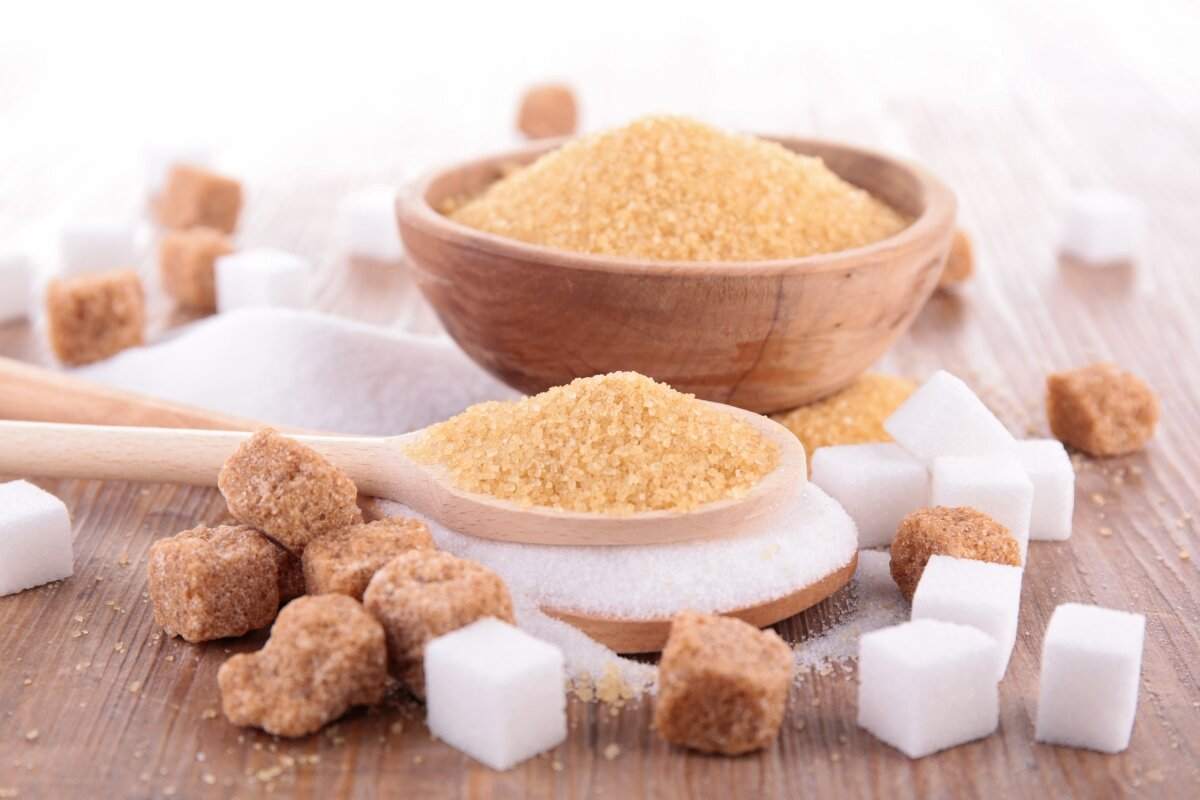
A diet with a high GI causes a rapid increase in the amount of sugar in the blood. This can frequently result in a reduction in blood sugar, especially in diabetics, whose bodies have a more difficult time controlling these oscillations.
This drop in blood sugar can be especially dangerous for diabetics because it can lead to hypoglycemia.
Patients suffering from diabetes should try to stay away from foods that have a lower glycemic index. Because of this, they are able to maintain a healthy level of sugar in their blood. People who have type 2 diabetes are more likely to have blood sugar levels that are dangerously high.
Despite their natural sweetness, dates have a relatively low glycemic index. This proves that diabetics are able to consume them safely in moderation even when they have diabetes.
The glycemic index (GI) for fifty grams of each of five well-known date varieties was determined in one study (1.8 ounces). It was found that their GIs ranged from 44 to 53, which is considered to be low; however, the type of date can have a significant impact on this value.
When the GI of dates was measured, there was no noticeable difference between persons with diabetes and those who did not have the condition.
The glycemic load of a food is a measure that can be used to determine how it will affect one’s blood sugar levels (GL). Unlike GI, GL takes into account both the serving size and the total amount of carbohydrates consumed.
Multiply the food’s GI by the amount of carbohydrate, measured in grams, that is included in the serving size, and then divide the resulting number by 100 to get the GL.
As a consequence of this, two dried dates (weighing 48 grams total) have a glycemic index of 49 and contain 36 grams of carbohydrates. Because of this, the GL comes out to around 18. (1 Trustworthy Source, 6 Trustworthy Sources, and 7 Trustworthy Sources)
Carbohydrates with a low GL value fall between 1 and 10, carbs with a medium GL range between 11 and 19, and carbohydrates with a high GL value fall between 20 and higher.
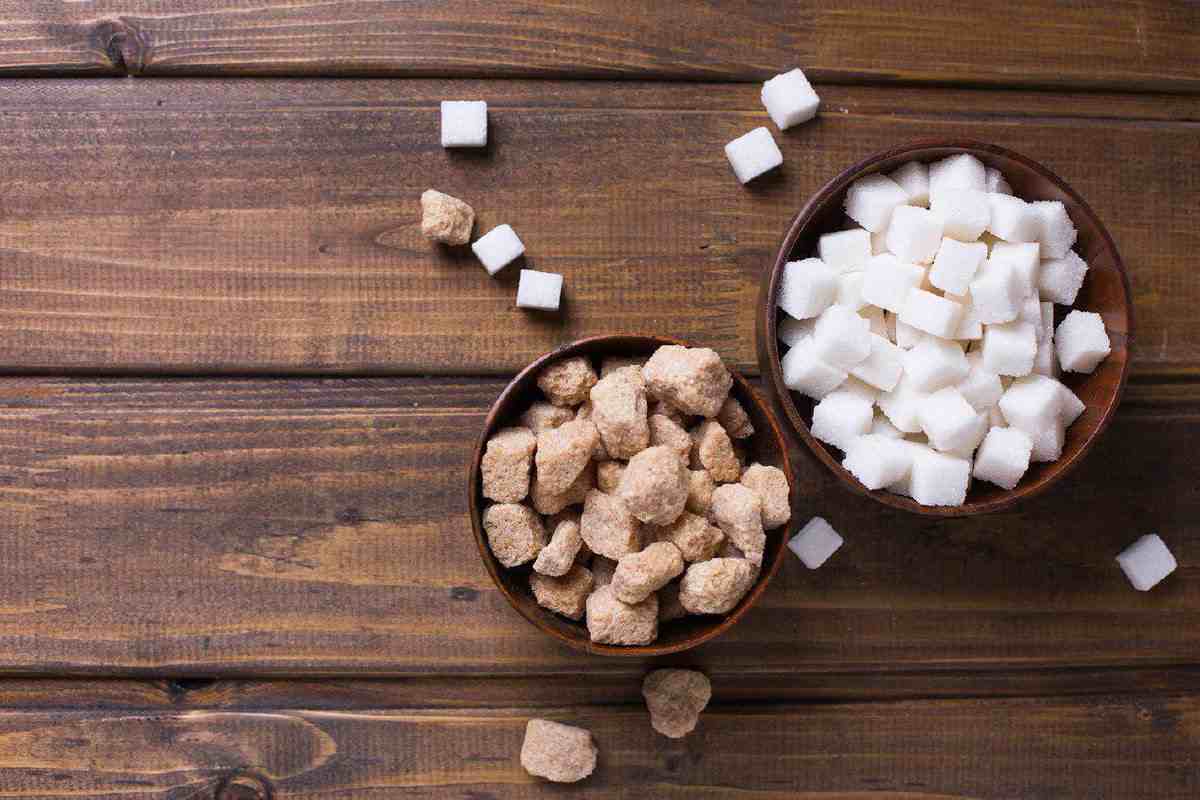
This indicates that there is a low GL value for two different dates.
If you have diabetes, you should not eat more than one or two dates at a sitting. When carbs are consumed together with a source of protein, such as a handful of almonds, their absorption can be slowed down, which in turn helps to prevent spikes in blood sugar levels.
Dates have a naturally pleasing flavor in addition to their superior nutritional profile, which may be seen here.
Diabetics may want to exercise caution when consuming them because they are a source of sugar that occurs naturally.
Dates have a low glycemic index and a medium total carbohydrate content, which means that diabetics can consume them in moderation as long as they do not consume more than one or two at a time.
Dates are the fruit that is produced by the date palm tree, which may be found growing in the tropical regions of the world. Recently, going on dates has become increasingly popular.
The consumption of dried dates is common in Western nations.
The use ofdates allows one to ascertain whether or not certain items have been dried out. Wrinkled skin is a sign of dryness, while smooth skin indicates that a person is healthy and well-hydrated.
Dates that are still fresh are often relatively small and are available in a wide range of vibrant colors, the hues of which can range from brilliant red to brilliant yellow, depending on the type. Medjool and Deglet Noor are the two varieties of dates that are most commonly found.
Dates are known for their naturally sweet flavor and their chewy consistency. They have a wide range of applications and advantages, and they contain a high concentration of important nutrients.
This article will discuss the eight advantages to one’s health that come from eating dates, as well as the steps necessary to include dates in one’s diet.
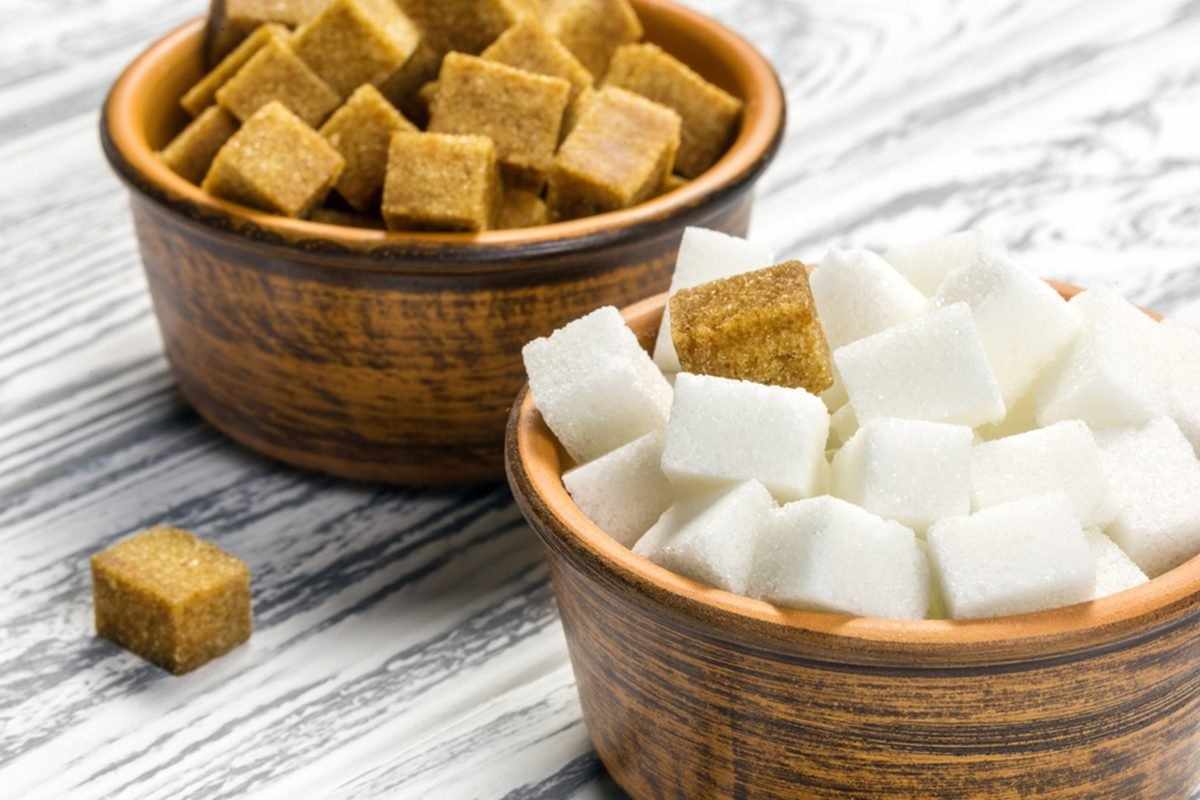
Dates are an excellent food choice for their high vitamin and mineral content.
Dried fruits have a higher calorie content than their fresh counterparts due to the drying process. Dates, along with other dried fruits such as raisins and figs, contain the same amount of calories per serving (1).
Dates are a good source of calories and carbohydrates but not much else. The remaining portion contains a negligible amount of protein. Dates, in spite of the high number of calories that they contain, are an excellent source of fiber in addition to providing critical vitamins and minerals.
Consuming fiber on a regular basis is essential for maintaining healthy health.
Dates are a good source of fiber; in fact, a serving size of 3.5 ounces of dates contains more than 7 grams of fiber (1).
By relieving constipation, fiber contributes to improved digestive health. It does this by increasing stool output, which in turn makes regular bowel movements easier to achieve.
According to the findings of one study, 21 participants who consumed seven dates each day for 21 days experienced an increase in the number of bowel movements and the frequency of stools compared to when they did not take dates.
In addition, the high fiber content of dates may assist in maintaining healthy blood sugar levels. Due to the fact that fiber slows digestion, it may help prevent blood sugar rises that occur after meals.
As a consequence of this, dates have a low glycemic index (GI), which is a measure of how quickly a food causes your blood sugar to rise after you consume it.
Dates are loaded with a wide variety of antioxidants, which have been linked to multiple health advantages, including a reduced risk of acquiring a variety of illnesses.
Antioxidants act as a barrier between your cells and free radicals, which are inherently unstable substances that have the potential to set off disease-causing physiological responses.
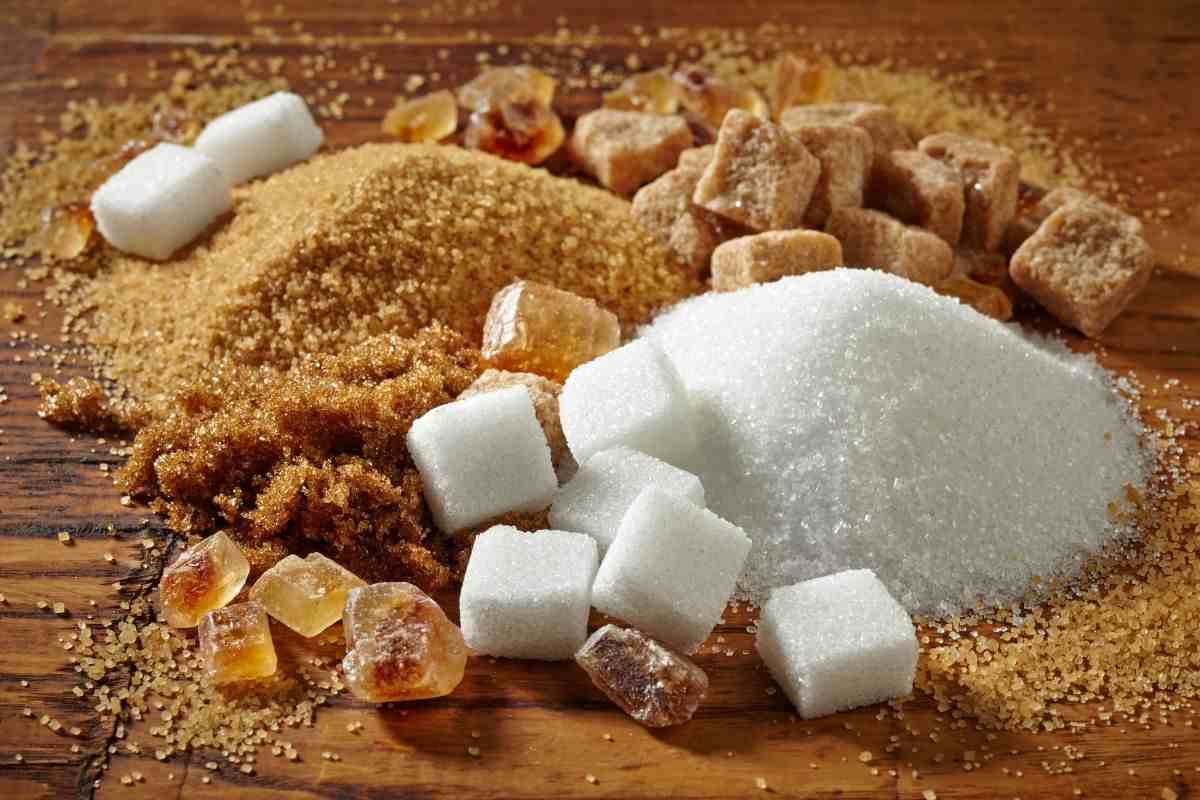
It would appear that dates have the highest concentration of antioxidants of any other related fruit, including figs and dried plums.
This section provides a synopsis of the three most powerful antioxidants that can be found in dates.
- Flavonoids are powerful antioxidants that have been investigated for their potential to reduce the chance of developing diabetes, Alzheimer’s disease, and a number of other malignancies. In addition, flavonoids may contribute to the diminution of inflammatory responses.
- Carotenoids: Studies have shown that these substances improve cardiovascular health and may lessen the risk of visual disorders such as macular degeneration.
- Due to the anti-inflammatory properties of phenolic acid, there is a possibility that consuming it can lower one’s chance of developing cancer as well as cardiovascular disease.
There is some evidence that eating dates can improve cognitive performance.
- According to the findings of a research project conducted in a laboratory, dates are able to effectively reduce inflammatory indicators in the brain, such as interleukin 6. (IL-6). Alzheimer’s disease and other neurological conditions have been associated with high levels of the cytokine IL-6.
- Dates, according to research conducted on animals, are capable of inhibiting the action of amyloid beta proteins, which are known to contribute to the formation of brain plaques.
- As plaques build up in the brain, they may interfere with the communication between brain cells, which can eventually lead to the death of brain cells and Alzheimer’s disease.
- According to the findings of one study, mice who were given dates had significantly better memory and learning ability, as well as fewer behaviors associated with anxiety, compared to mice that were not given dates.
- Antioxidants found in dates, such as flavonoids, which are known to reduce inflammation, have been connected to the brain-boosting potential of dates.
- However, investigations on humans are necessary in order to confirm the relevance of dates in the process of maintaining brain health.
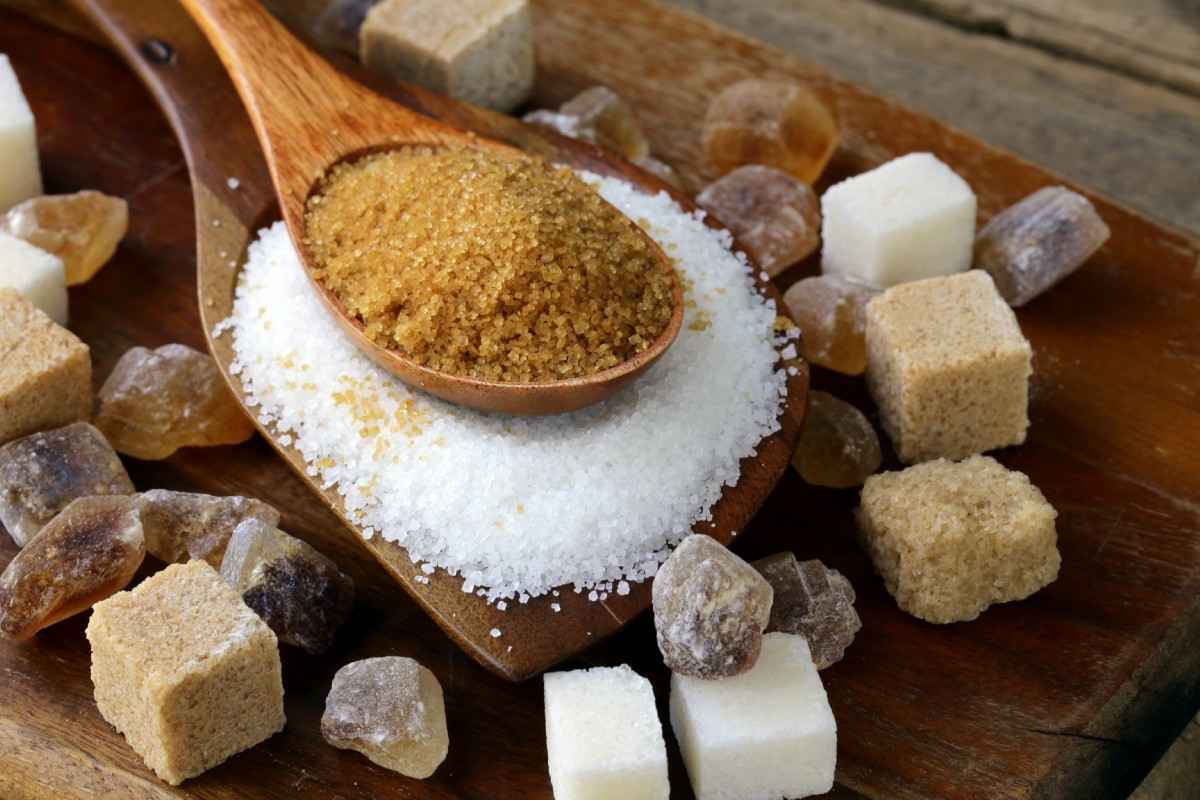
According to the findings of several studies, eating dates during the later stages of pregnancy may hasten the onset of labor.
- It is possible that eating these fruits during the last few weeks of pregnancy can promote cervical dilatation, which will thus reduce the need for labor to be induced. They could be helpful for speeding up various processes.
- According to the findings of one study, pregnant women who ate six dates every day for the last four weeks before their due date had a significantly reduced labor time and a significantly increased likelihood of having a natural birth compared to women who did not consume dates.
- A separate study of 154 pregnant women found that those who ate dates had a significantly reduced risk of having their labor artificially induced than those ho did not eat dates.
A third study found equivalent results in 91 pregnant women who began taking 70-76 grams of dates daily during their 37th week of pregnancy. The study was conducted in the same manner as the previous two studies.
People who ate dates on a regular basis put in an average of four fewer hours of work per week than those who didn’t.
- Consuming dates may both hasten and hasten the onset of labor; however, additional research is required to validate either of these effects.
Dates contain chemicals that connect to oxytocin receptors and simulate the physiological effects of the hormone.
As a result, dates may be beneficial to women who are pregnant because of this property. During the process of giving birth, oxytocin is what causes contractions in labor.
Tannins, which are contained in dates, have been shown to help increase muscle contractions. The dates are delicious.
In addition, bananas are an excellent source of both calories and natural sugar, both of which are necessary for sustaining enough levels of energy throughout the laboring process.
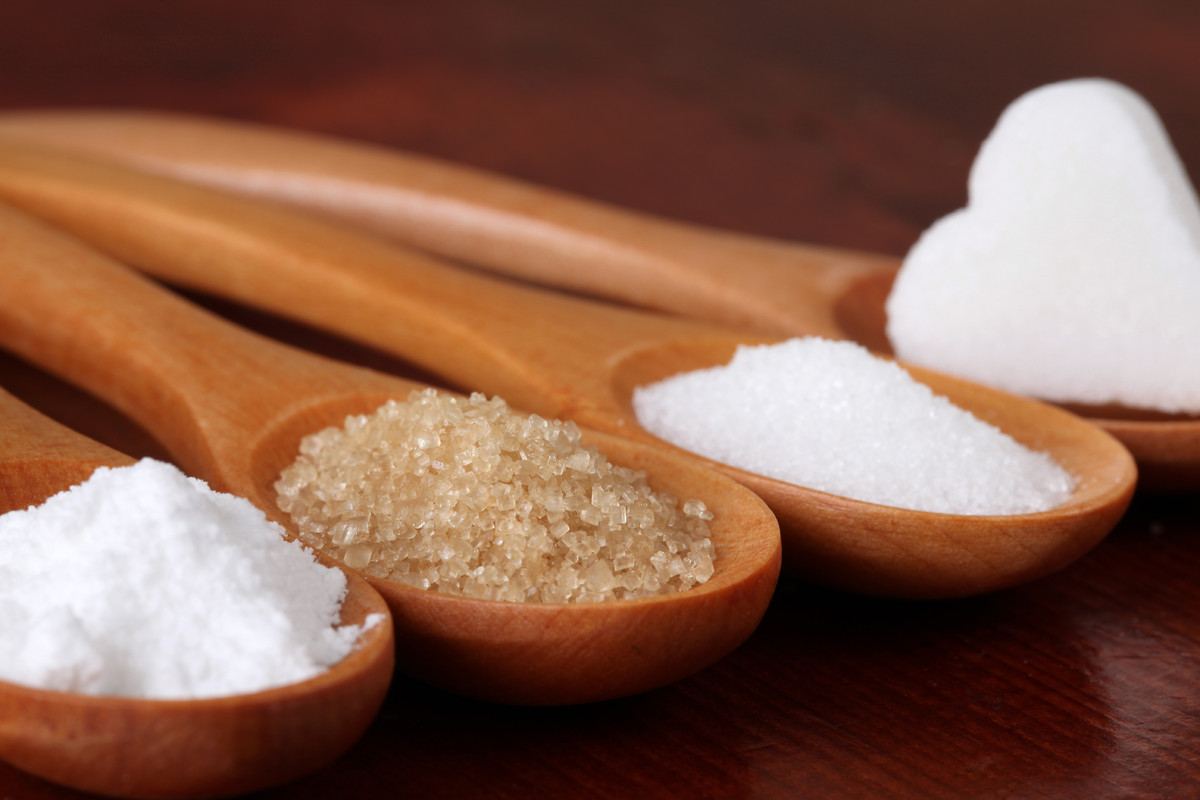
Fructose is a type of sugar that can be found naturally in fruits like dates.
- As a consequence of this, dates have an intensely sweet flavor with a hint of caramel. As a result of the minerals, fiber, and antioxidants that they provide, using them in place of white sugar in recipes is an excellent way to increase the nutritious density of the dish.
- If you want to replace sugar with dates, the best method to do so is to make date paste, which is what this recipe calls for. To make it, dates and water are put into a blender and pulverized. In almost all of the recipes, sugar can be replaced by date paste instead.
- If a recipe calls for one cup of sugar, for instance, you might substitute one cup of date paste for the sugar.
- Dates are loaded with fiber and nutrients, but they also contain a lot of calories, so you should only consume them in small quantities.
There may be some health benefits associated with dates, although this has not been investigated to its full extent.
- Dates include a variety of elements that are beneficial to bone health, including phosphate, potassium, calcium, and magnesium. Each one has been investigated for its potential use in the treatment of bone-related conditions like osteoporosis.
- Management of blood sugar levels Dates have a low glycemic index, which, along with their high fiber content and antioxidant properties, may help with the management of blood sugar levels. Because of this, consuming it might be beneficial for the treatment of diabetes.
These potential health advantages show a lot of promise, but there needs to be more research done on humans before any conclusions can be made.
Dates are a delectable treat that may be used in a wide variety of ways. They are traditionally accompanied by creamy cheese, various nuts, and nut butter.
Dates, because of their stickiness, are a great ingredient to use as a binder in baked goods such as cookies and bars. You can make energy balls or snack bars by combining dates, almonds, and seeds in a way that is comparable to this recipe.
Dates are versatile ingredients that may be used to sweeten a variety of foods and drinks, including smoothies, oatmeal, salad dressings, and marinades.
Dates are heavy in both calories and sugar, therefore eating them should be done so in moderation at the very least. As a direct consequence of this, they ought to only be utilized occasionally.
